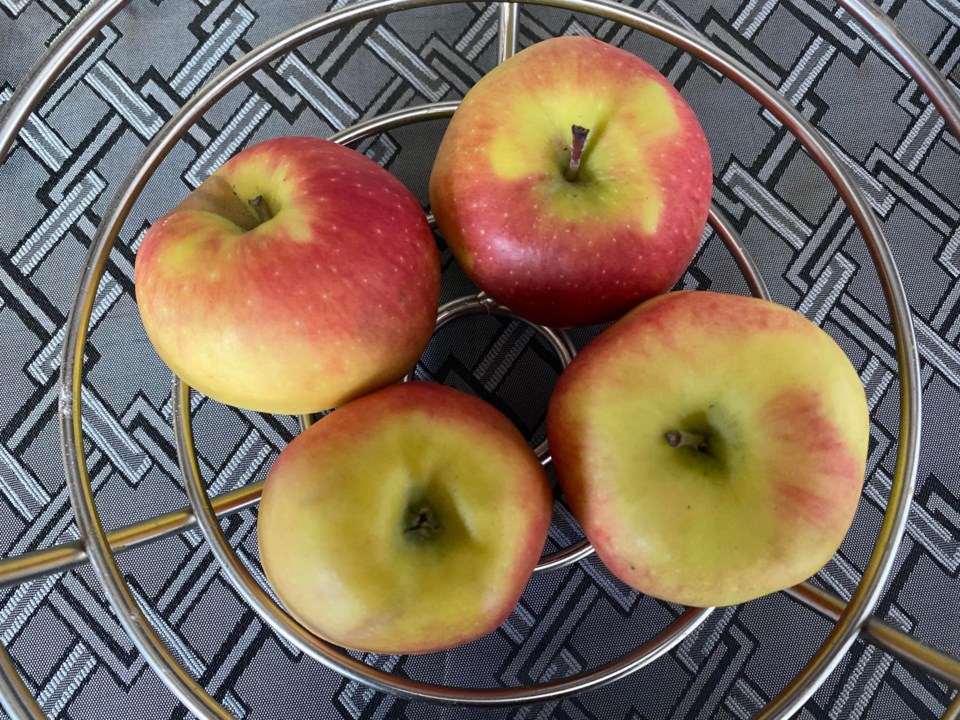YORKTON - When it come to new, or minor crops, it tends to very much the age old case of the chicken and the egg.
It’s a situation I was reminded of reading a recent article about the lingonberries.
If you aren’t aware of the berry that’s not surprising since according to the www.producer.com article very few are grown in this country.
But, apparently they could be produced here quite well.
So, why would we want to grow more?
Well, according to the article Chris Siow, an Agriculture Canada researcher in Winnipeg, has been studying the health benefits of lingonberries for more than a decade, with results showing they improve kidney and liver function. In a world where health foods are a massive market that is encouraging.
But, to develop products with lingonberries, and then do the work to create consumer demand, you need a reliable, and steady source of berries.
That said producers face a risk in planting berries that take time to become productive when a ready market doesn’t exist for the production.
The question becomes hoe you develop markets without product and vice versa.
And, just to make the process a bit more complicated niche markets can easily be flooded with product if over produced, adding to producer risks.
The situation is not a new one. Through the years there have been a long list of crops proposed to be potentially significant to the mix of Canadian Prairie crops but they have typically not quite achieved notable status.
When it comes to crops there are many, and while some hold what appears to be unfulfilled potential, most markets are being served and while you might have a viable alternative creating the infrastructure and the production at the same time is hugely difficult.
In the east central area of Saskatchewan alfalfa dehydrating, straw board, flax fibre plants, and pea flour-based snack foods are among the tries made through the years, some with rather big dollars invested, and the markets failed to develop long term.
And those examples at least got to the production stage.
Others never got that far, money just not found to go from hopeful idea to production.
It would be great if new crops and markets could be realized, although taking acres from the juggernaut of canola, and the safety of wheat production, means new crops have to offer a significant upside to take on the added risk.
Of course researching new crops as weather and consumer demands change is still important because the face of Prairie agriculture is likely to change.

